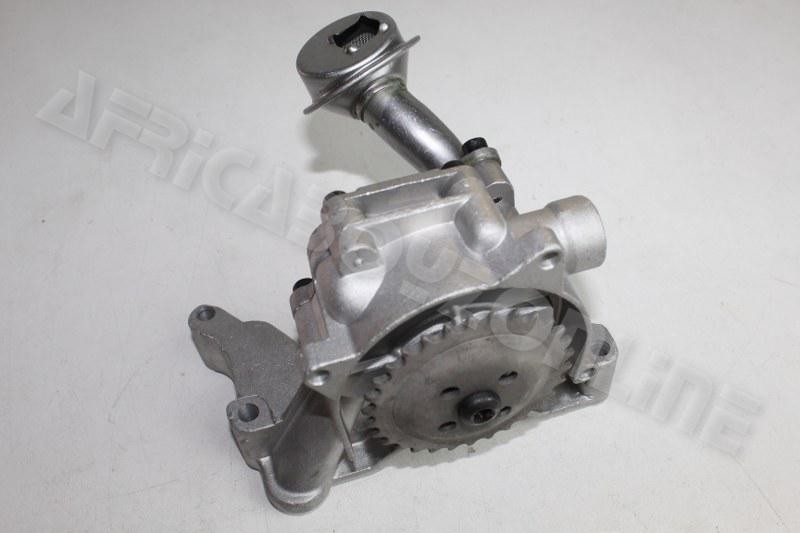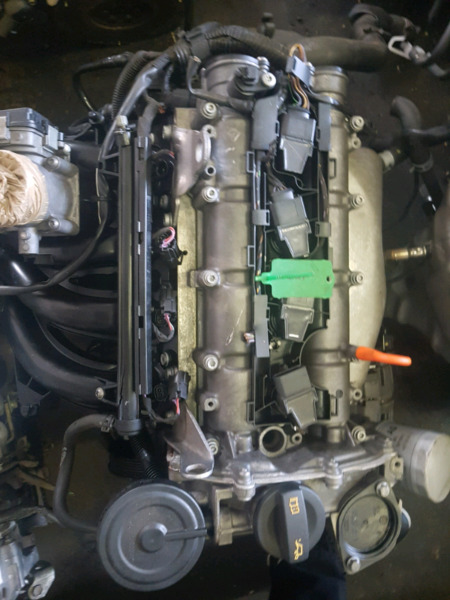Extend the lifespan of your clp engine with regular care.
Just How a Clp Engine Can Improve Performance in Various Industries
The advent of CLP engines marks a considerable shift in operational performance throughout various fields, driven by their ability to maximize gas usage and reduce downtime. Industries such as production and logistics stand to obtain significantly from their robust design and consistent power result, which promise to simplify procedures and boost productivity. As companies progressively focus on sustainability together with effectiveness, the function of CLP engines becomes a lot more crucial. What continues to be to be seen is just how these improvements will form the future landscape of industrial procedures and their influence on wider economic patterns (clp engine).
Review of CLP Engines
CLP engines, or Continual Fluid Propellant engines, represent a significant development in propulsion technology, specifically for room applications. These engines use a constant feed system that enables the continual expulsion of propellant, causing improved efficiency and efficiency contrasted to conventional strong or hybrid propulsion systems. By preserving a constant circulation of fluid propellant, CLP engines can achieve extra exact thrust control, which is crucial for steering spacecraft in different mission situations.
The design of CLP engines incorporates sophisticated materials and cutting-edge fuel monitoring systems. clp engine. This leads to reduced weight and raised dependability, important factors for long-duration room objectives. Additionally, the continual procedure reduces the threat of combustion instability, an usual challenge in standard rocket engines.

Advantages in Production
The production of Constant Liquid Propellant (CLP) engines presents numerous noteworthy advantages that improve both performance and cost-effectiveness. One of the key benefits is the streamlined manufacturing procedure, which reduces the complexity connected with traditional propulsion systems. By making use of fluid propellant, makers can accomplish greater accuracy in engine efficiency, causing enhanced energy result and minimized waste.
Furthermore, CLP engines facilitate a greater degree of modularity, allowing for easier assimilation into various production lines. This versatility can considerably reduce preparations and improve overall functional versatility. Using CLP modern technology likewise tends to lessen the requirement for extensive upkeep due to less moving components, which translates right into decreased downtime and functional expenses.

Applications in Logistics
Leveraging Continual Fluid Propellant (CLP) engines in logistics supplies substantial benefits in functional performance and integrity. These engines give a durable remedy for numerous transport requirements, allowing the seamless movement of goods across substantial ranges. The integral layout of CLP engines permits constant power outcome, which translates into smoother and extra foreseeable transport routines.
One of the vital applications of CLP engines in logistics remains in durable freight transport, where they can drive both ground and airborne lorries. Their capability to keep high performance under differing lots conditions guarantees that delivery timelines are fulfilled, consequently improving customer satisfaction. In addition, CLP engines can be integrated into automated logistics systems, promoting real-time monitoring and optimizing course preparation.
Furthermore, the sturdiness of CLP engines decreases upkeep downtime, enabling logistics business to optimize their operational capabilities. This is specifically useful in warehousing operations, where performance in dealing with and transferring items is vital. As logistics proceeds to advance, the integration of CLP engines represents a forward-thinking approach that not only improves efficiency however additionally supports the sector's growing demands for integrity and rate.
Influence On Power Efficiency
How do Continual Liquid Propellant (CLP) engines boost energy performance in transportation? CLP engines utilize a regular circulation of liquid gas, optimizing combustion processes and keeping a steady thrust click here to find out more outcome. This style lessens energy losses connected with typical burning engines, where gas distribution can differ and result in inadequacies.
The constant procedure of CLP engines permits an extra reliable thermal cycle, leading to higher specific impulse compared to conventional engines. clp engine. This converts to decreased gas intake for the very same amount of work done, significantly decreasing functional costs throughout various transportation fields, consisting of aviation and maritime markets
Additionally, the capability of CLP engines to maintain optimal efficiency under differing lots conditions decreases the requirement for regular velocity and slowdown, additionally enhancing fuel effectiveness. Boosted power performance not only contributes to set you back financial savings yet additionally brings about decrease greenhouse gas emissions, aligning with worldwide sustainability objectives.
Future Trends and Innovations
Arising advancements in Constant Fluid Propellant (CLP) engine technology pledge to revolutionize the landscape of transportation effectiveness and sustainability. As markets pivot toward greener options, CLP engines stand at the forefront, incorporating cutting-edge products and design techniques that boost efficiency while minimizing environmental impact.
One of the most encouraging trends is the fostering of crossbreed systems that combine CLP engines with sustainable power resources. This harmony can enhance gas usage and minimize exhausts, aligning with global sustainability goals. Innovations in computational fluid dynamics (CFD) are promoting the design of more aerodynamically efficient engines, leading to lowered drag and improved gas performance.
Furthermore, the growth of clever tracking systems is established to boost operational performances. These systems take advantage of information analytics and IoT innovation to enhance engine efficiency in real-time, guaranteeing that the engines operate within their most effective parameters.
As research remains to explore alternate propellant formulations-- such as biofuels and artificial fuels-- the future of CLP engines looks encouraging. By utilizing these technologies, industries can not just boost their efficiency yet find also add dramatically to a cleaner, more sustainable future in transport.
Conclusion
In conclusion, CLP engines stand for a go to this site considerable advancement in efficiency throughout multiple markets. Their ability to maximize gas usage and lower functional costs, combined with a constant feed system, improves power result and functional integrity. The assimilation of advanced materials and less moving components minimizes maintenance requirements, while placement with sustainability goals placements CLP engines as a pivotal modern technology for the future. Proceeded innovation in this field promises additional improvements in efficiency and ecological efficiency.